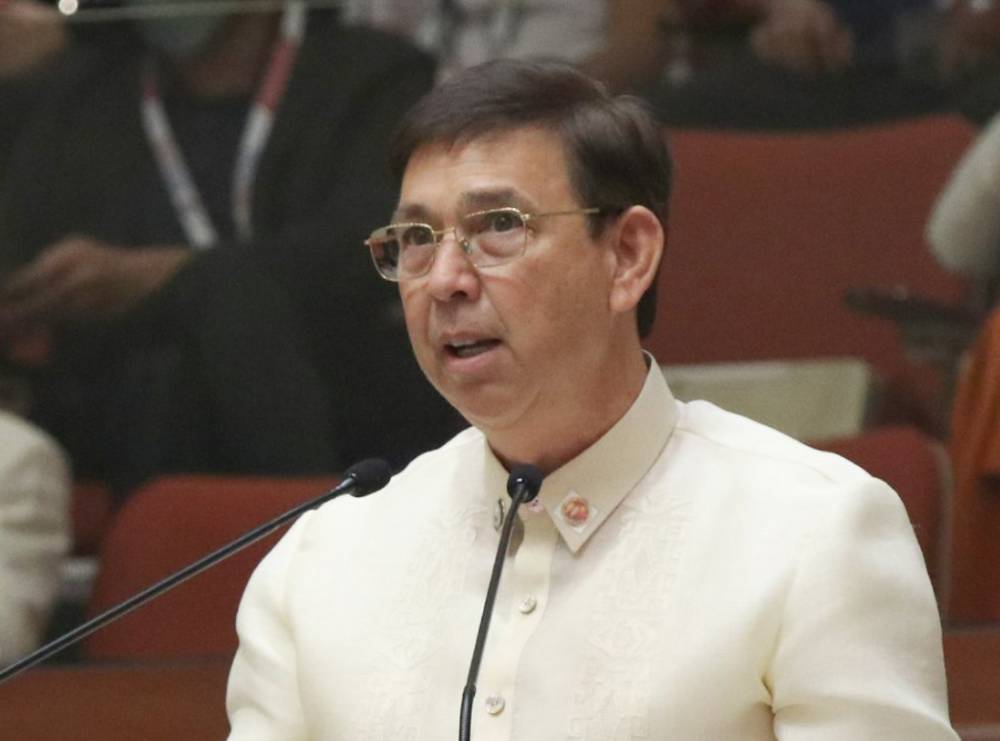Sans new taxes, deficit spike feared

Keeping the budget deficit in check would be “challenging” during the remaining years of the Marcos administration without new tax measures, the government’s socioeconomic planning agency said.
“The fiscal targets for 2023 are likely to be met. However, sustaining this achievement until 2028 would be challenging without the prompt enactment of new tax measures,” the National Economic and Development Authority (Neda) said in its Philippine Development Plan (PDP) 2023 report released on Wednesday.
While the Bureau of the Treasury has yet to release the full-year 2023 numbers, latest available data showed that the state’s budget balance had swung to a deficit of P1.1 trillion from January to November, relatively safe from overshooting the P1.5 trillion deficit limit for last year.
This year, the Marcos administration is projecting a smaller budget gap of P1.4 trillion, equivalent to 5.1 percent of gross domestic product (GDP). That deficit ceiling was set on the assumption that revenues would hit P4.2 trillion in 2024 while state spending would amount to P5.6 trillion.
To plug the budget hole, Finance Secretary Ralph Recto said the Marcos administration would borrow a total of P2.46-trillion from creditors at home and abroad this year. He added that the government would not impose new consumption taxes that may stoke inflation this year, and would instead improve collection efficiency. During the time of Benjamin Diokno, Recto’s predecessor, the Department of Finance pushed for proposed tax measures that include excise taxes on sweetened beverages, value added tax on digital service providers and a new fiscal regime for mining. These measures were projected to generate over P900 billion in additional revenues from 2024 to 2028.
According to Neda’s PDP report, easing the government’s fiscal burden would allow the state to consistently make big contributions to GDP.
The country’s GDP grew 5.6 percent in 2023, a slowdown from 7.6-percent expansion in 2022. It also missed the government’s 6 to 7 percent target range for last year.
State statisticians reported that government expenditures had collapsed by 1.8 percent in the fourth quarter of 2023, a turnaround from 6.7 percent growth in the third quarter. This was after efforts to catch up on spending had been restrained by the need to keep the budget deficit in check.
“It is important to note that this trend of low government contribution to the GDP is often observed during the early months of a new administration,” Neda said.
“This may correspond to the learning curve that the new set of agency heads is facing,” it added.

















